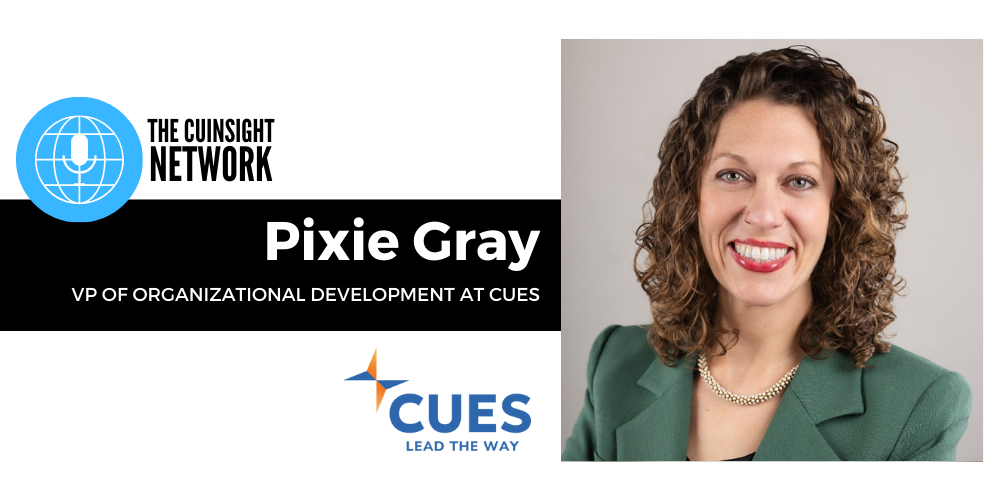Employees have been experiencing a very unbalanced work and home life. The current pandemic, economic crisis, and social injustice is not just occurring in the workplace, it is happening at home too. The workplace and home have become one in the same for a greater number of employees. Staying safe no matter where they may find themselves is even more important as the impact physically and mentally is more apparent. This means managers have an opportunity to lead with greater focus on the wellbeing of their team members. There have been several different work scenarios that have impacted how we work.
Working Virtually
Working virtually with others or alone has its challenges. If employees have children, they may be home from school and require the employee’s support. School is in session during the time the employee’s workday has been begun. That is not different but what has changed is all of it is happening under one roof, one internet source, and requiring employees to be supporting both depending on the age of their children. Employees are experiencing another level of stress that may be displayed in multiple ways. The pandemic limits the number of outlets anyone can have to separate themselves, exercise, entertainment, adult time, activities for the kids, and taking vacations. In essence, you are living, working, “staycationing”, and existing in the same square footage, your home, with no options. There is no distinction between the workplace and being at home to experience your down time.
Going to Work
Some roles are essential and cannot be modified to work remotely. Some of these employees are not coming to work joyfully. They are concerned with protecting themselves to stay employed and not get exposed to the various strains of the COVID virus. Mentally they are trying to focus on getting the work done all the while they may be stressed about putting their lives in jeopardy. Those working as first responders are in direct contact with those infected and being overwhelmed with the lives lost from not surviving the exposure. All employees working in the physical workplace are challenged daily with staying safe and not exposing their loved ones at home.
Displaced Workers
You have the dislocated workers that have lost their jobs. Then there are the employees forced to leave their job all together because of the need to care for their children, parents, or loved ones that had their care options limited or adversely high risk. Almost a year later and some are still unemployed and tasked with seeking employment when the global pandemic is at an all-time high and deadlier than the previous outbreak. Many possibly seeking a new career path that have their own set of hurdles to overcome. Others are uncomfortable at home hoping to find something quickly to keep a roof other their heads. They may not show up to the interview putting their best foot forward.
Management’s Dilemma
Managers are employees facing the same challenges provided above, developing solutions, experiencing the pressures to produce at the same levels pre-pandemic, and address the needs of their team. The norm on steroids. Just imagine every emergency, contingency, and risk mitigation plan tried, tested, and some failed under your watch. It is not their fault, as with any plan there are adjustments and tweaks but the stress can be unbearable. The core leadership principles are truly being put to the test. Managers need to inspire, get the employees to follow, stay engaged, act, and achieve results despite the conditions. The need to succeed despite the odds never had such a greater meaning.
Leading Elements
A recent study by Gallup gathered the input of Chief Human Resource Officers from the world’s largest organizations who provided some key elements to lead during COVID19. It is important for managers at all levels to keep the organization going by moving the focus from fear and uncertainty. They are not expected to have all the answers but a strategy to meet the key needs of their staff.
Trust
Managers gain trust by doing what they say they are going to do. Employees need direction from someone who is predictable and reliable. That builds and maintains trust with leadership. Protecting the health of everyone and maintaining during an economic crisis can increase the need to prioritize and put a strain on achieving results. It is important for management to not just put the need of business ahead of the individuals that work to achieve them daily. Ensure you establish some guarantees employees can rely on during these times.
Stability
Stability comes when trust has been established in the organization, the initial building block. Remember the Maslow hierarchy of needs? Safety, both physical and psychologically, is needed to support employees. During the greatest health threat of all time, employees need to see and experience the support of their managers. That means ensuring they are working in the safest workplace and have the equipment they need to protect themselves. Adjusting budgets to ensure this happens is of the upmost importance to maintain stability. Then, address the concerns they bring forth about how they may feel about the requirements and ensure every measure is being taken to meet their concerns. Determine the changes and adjustments needed and make them a part of the norm. Consistency can reduce stress and the fear of uncertainty.
Compassion
Work is important and the reason we are employed. However, we cannot leave the human aspect out as managers. As an organization, “you have to put your money where your mouth is.” Provide compassion in how you manage. However, make it more impactful by aligning the structure of the organization through standard operating procedures and policies. In other words, put what you say in writing. Walk the talk and let your employees know you are committed in word and deed. Show care and concern for the needs of your employees. This strengthens the relationship between employee and manager.
Hope
Keeping employees inspired to a better tomorrow while encouraging them is important. Communicate and celebrate small wins. Focus on what is going well and what employees need to repeat to keep the momentum going. Keeping your followers engaged and performing happens when they see the commitment of the organization. Increasing resilience by overcoming challenges collectively helps employees work more cohesively together. Hope is the final element that is a culmination of the previous three being present in the organization through the actions of the managers.








